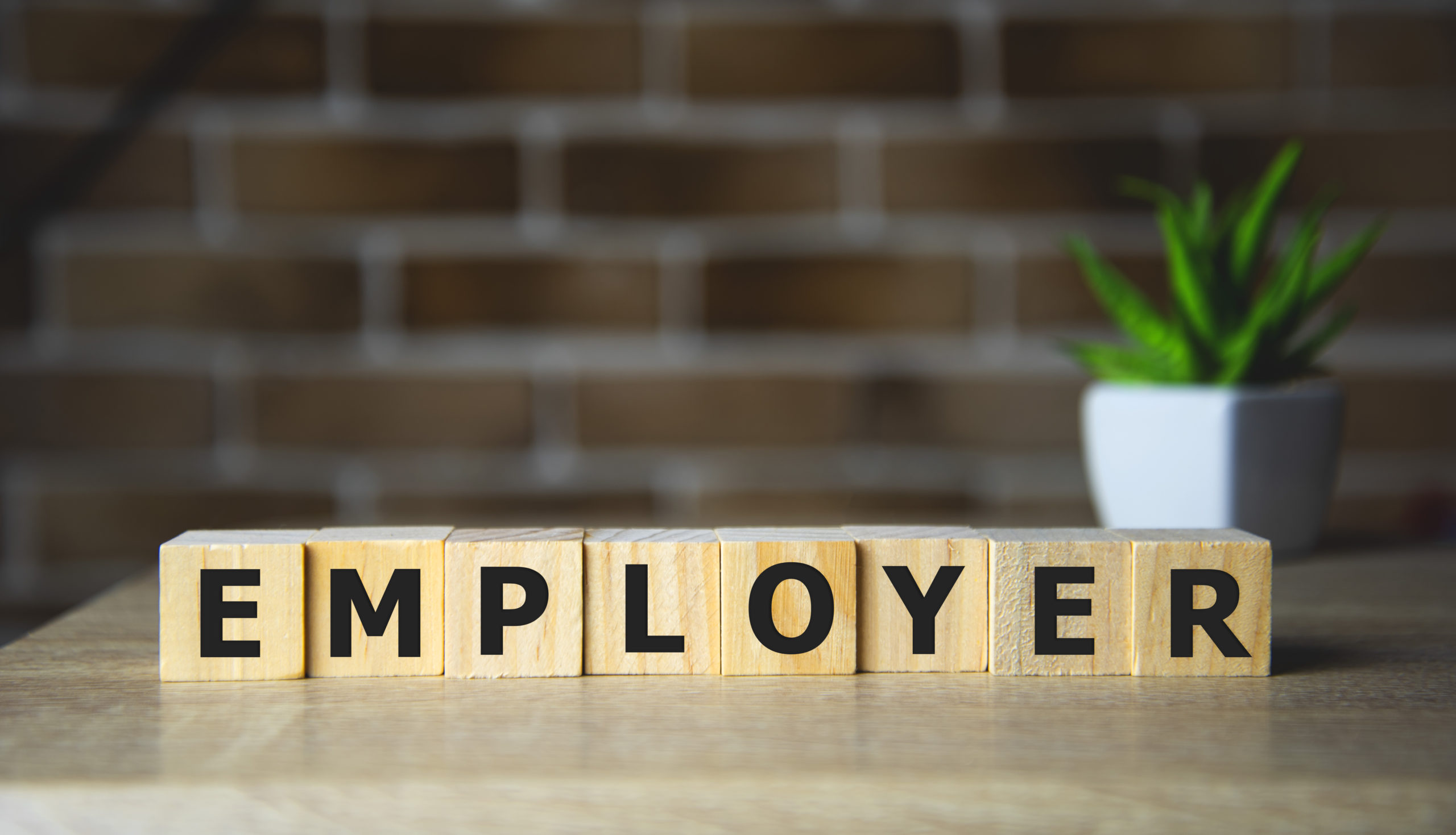
ERN explained – Everything you need to know
[vc_row][vc_column][vc_column_text]
ERN explained - Everything you need to know
ERN stands for Employers Reference Number. This reference is made up of two parts:
- A three digit HMRC office number
- A reference number unique to your business
Depending on when this number was issued to you, it can look slightly different.
- If issued prior to 2001, it can look like this: 123/A45678
- If issued after 2001, it can look like this: 123/AB45678
When did I receive my ERN?
Firstly, have you registered as an employer? https://www.gov.uk/register-employer
Did you know that you must register as an employer even if you are the only director of a limited company with you as sole employee? Source
Once you have registered as an employer with GOV.UK, you will receive a welcome pack which includes your ERN.
Where else can I find it?
You can find your Employers Reference Number on:
- HMRC correspondence, including welcome pack
- Payslips
- P45s
- P60s
- P11Ds
What does it NOT look like?
The accounts office reference number (AORN) is made up of 13 characters and presented in the
following format: 123PA12345678 – this is not to be confused with an ERN.
Who DOESN'T need an Employer Reference Number?
- Businesses without employees or sub-contractors.
- Companies registered outside of England, Wales, Scotland and Northern Ireland.
- Businesses where all employees are below the PAYE tax threshold.
Why are Ascend asking for my Employers Reference Number?
Following the purchase of an Employers’ Liability (EL) policy, you will be requested to provide your ERN. This is due to further legislation introduced in April 2012 to the Employment Rights Act 1996, which means you must declare it when buying or renewing your Employers’ Liability policy.
What is Employers’ Liability?
Employers’ Liability insurance safeguards businesses against legal and compensation expenses from employee claims. This is a legal requirement if you have at least one employee and includes many types of sub-contractor. If you are caught without cover, you can be fined up to £2,500 per employee, per day.
In the event of an EL claim, the ERN helps identify all the companies where an employee has worked, and, in turn, which insurers were offering the Employers’ Liability policy. EL claims can occur years and years after the initial event in question. The ERN makes identifying insurers quick and efficient for the multiple parties involved.
When searches are required for Employers’ Liability insurers, this is controlled by an independent body called the Employers’ Liability Tracing Office (ELTO). If you are faced with a claim, the ELTO can prove your business had the EL policy in place at the time of the alleged event, which means they can advise the relevant insurers to meet the claim.
Any questions? Please don’t hesitate to contact one of our team.
Steven.gillespie@ascendbrokingold.co.uk | Office: 01245 449067
[/vc_column_text][/vc_column][/vc_row]






